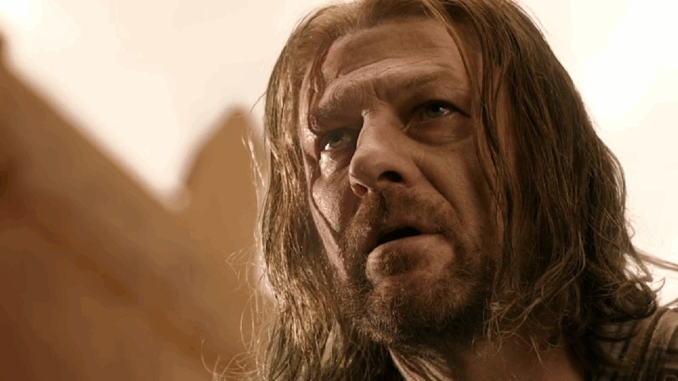
When you play the game of thrones, you win or you die, and when you watch Game of Thrones, you’re forever changed as a TV viewer. During its 8-season run, the fantasy series set a higher bar for everything a show could and should be. At the same time, the series had several missteps that further influenced what fans want and expect from television today.
In short, Game of Thrones redefined modern TV, and its impact continues to be felt in everything from House of the Dragon to fantasy series in general. From shocking plot twists and intense (sometimes controversial) scenes, we’ve compiled the most noteworthy and enduring moments in Game of Thrones’ legacy.
16. Daenerys’s Rebirth
Season 1, Episode 10
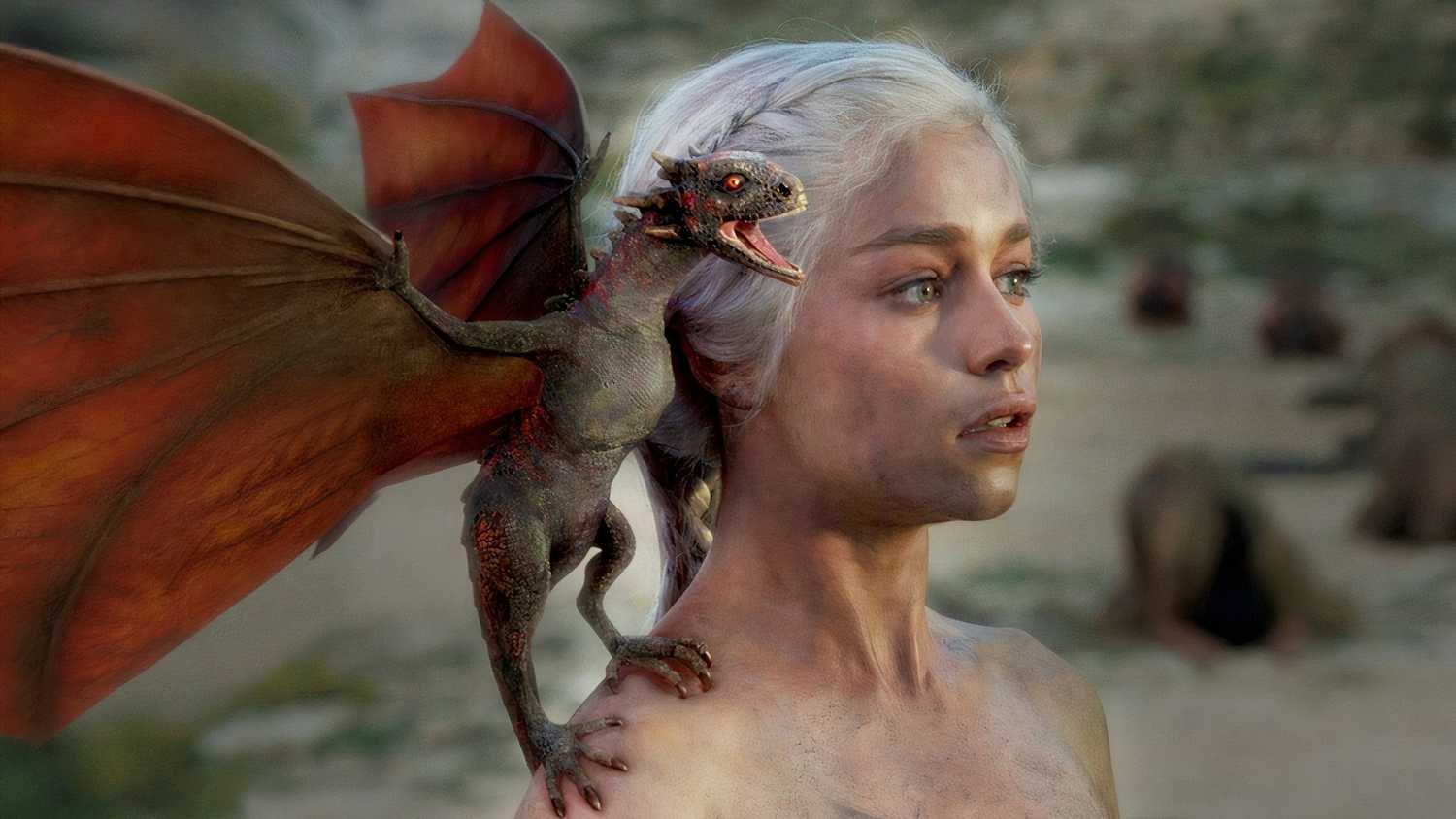
One of the last Targaryens, Emilia Clarke’s Daenerys found herself used as a chess piece in her brother’s quest for the throne. After an arranged marriage led to real love, she was devastated by her husband Drogo’s injury in battle, and furious when he was later poisoned. After mercy killing him, Daenerys declared herself queen, tied Drogo’s killer to his funeral pyre, and walked into the flames. Magically, as the fire died down, Daenerys appeared unscathed, accompanied by three newborn dragons.
Fire and Blood
15. Purple Wedding
Season 4, Episode 2
King Joffrey Baratheon, played by Jack Gleeson, was among the most vile characters in Game of Thrones. He tortured and killed people on a whim, mocked and degraded his family, and more generally was a horrible ruler. So, it’s little surprise that when he began choking at his wedding, few attendees stopped to help him. It’s also unsurprising that many fans celebrated his death, while others grieved the end of an iconic villain.
A Lannister Always Pays His Debts
Gleeson’s portrayal of Joffrey was so vicious that multiple fans sent hate mail. While Joffrey deserved his death, Gleeson didn’t deserve the hate, and the show became emblematic of an issue among some fans who couldn’t separate reality from fiction. At the same time, Joffrey’s death shook up the series, eventually leading to even more hated characters taking his place.
14. The Last Season
Season 8
At first, Season 8 might seem like a strange addition to a list of ways in which Game of Thrones revolutionized TV. But much in the same way that Dexter, Lost, and How I Met Your Mother failed to deliver on their finales, Game of Thrones’s finale was a colossal disappointment. Although some viewers enjoyed this season, the vast majority viewed it as an unfitting ending and an unfair send-off, with some even believing it tarnished everything in the show that came before it.
A Complicated Legacy
Game of Thrones’ finale showed just how important it is to stick a landing. Even today, some viewers pretend that the series ended earlier, or simply refuse to watch the last season (or several seasons). Despite this huge misstep, it’s undeniable that the finale is memorable and revolutionary, albeit for unfortunate reasons.
13. Shireen’s Execution
Season 5, Episode 9
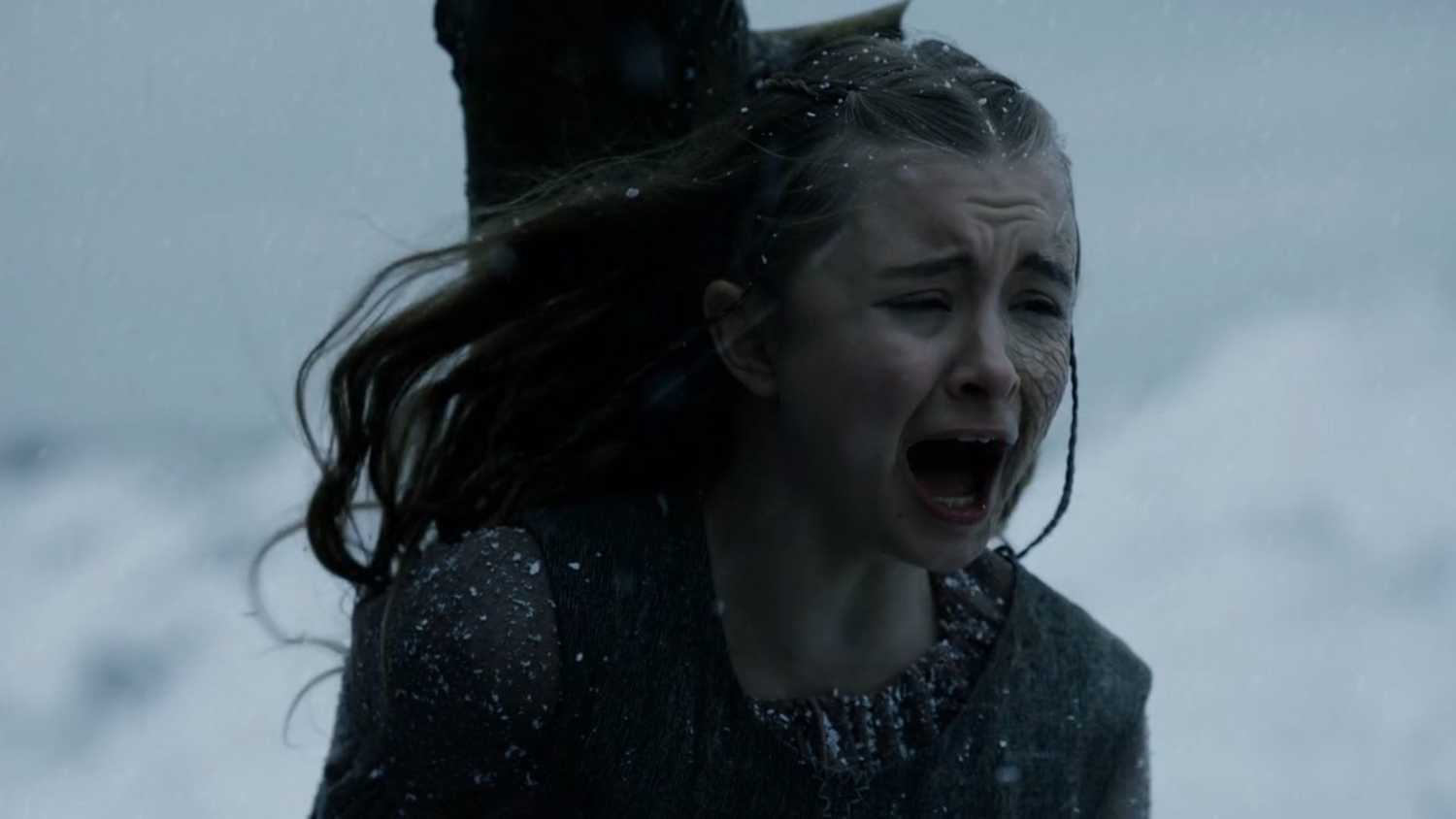
Shireen is the daughter of Stannis Baratheon, an Iron Throne claimant who was working with a priestess named Melisandre in order to secure his birthright. When a snowstorm caused trouble for his army, Melisandre informed him that sacrificing Shireen would help them win their upcoming battle. Reluctantly, Stannis chose to heed Melisandre’s advice and ordered Shireen’s death. Tied to a pyre, she screamed for her parents as she was slowly and horrifically burned alive.
Characterization and Controversy
In the books, Shireen and Stannis are still alive, but it’s assumed she’ll meet a similar end. At the same time, many readers have a hard time believing that Stannis — who loves his daughter — will be the one to give the order. In turn, this scene has become one of the most controversial, and devastating, in the entire series.
12. Hold the Door
Season 6, Episode 5
Hodor was a lovable addition to Game of Thrones’s cast who accompanied Bran Stark on his adventures beyond the wall. After being attacked by a group of zombie-like wights, Bran uses his warging abilities to zap his consciousness back into the past, where he enters the mind of a boy named Wylis. As another member of their group, Meera, tells Hodor to hold the door, Wylis hears the command in the past and suffers a seizure, causing him to repeat “Hold the door!” until it slurs into his future name, “Hodor.”
A Devastating Demise
Although a little difficult for some fans to follow, this episode was nonetheless emotionally devastating. Among the characters who suffered the most, Hodor is remembered for his heroism, kindness, and ultimately, his tragic fate.
11. Tywin’s Death
Season 4, Episode 10
Tywin Lannister was the no-nonsense, ambitious patriarch of House Lannister. When his son Tyrion escaped the dungeons — after having been falsely accused of Joffrey’s murder — Tywin found himself staring down a crossbow as he tried to use the toilet. Furious by his father’s treatment, as well as his affair with his lover Shae, Tyrion lets the arrow fly, and Tywin dies on the spot.
An Undignified Death
10. Jon’s Resurrection
Season 6, Episode 2
Jon Snow, played by Kit Harrington, is the presumed bastard son of Ned Stark who goes to the Night’s Watch seeking honor. Unfortunately, his Brothers come to view him as a traitor after he allies with the Wildings. At the end of Season 5, they stab him to death, after which he is brought back to life by Melisandre. He then kills those who betrayed him, including his enemy, Alliser Thorne, and his personal steward, Olly.
His Watch has Ended
Jon’s death and resurrection propelled his role in the series. It allowed him to leave the Night’s Watch, become the King in the North, and eventually put a stop to Daenerys. This scene also further complicates the role of magic in the series, seemingly setting up Jon’s role as the “chosen one” only to later subvert that expectation.
9. Oberyn’s Death
Season 4, Episode 8
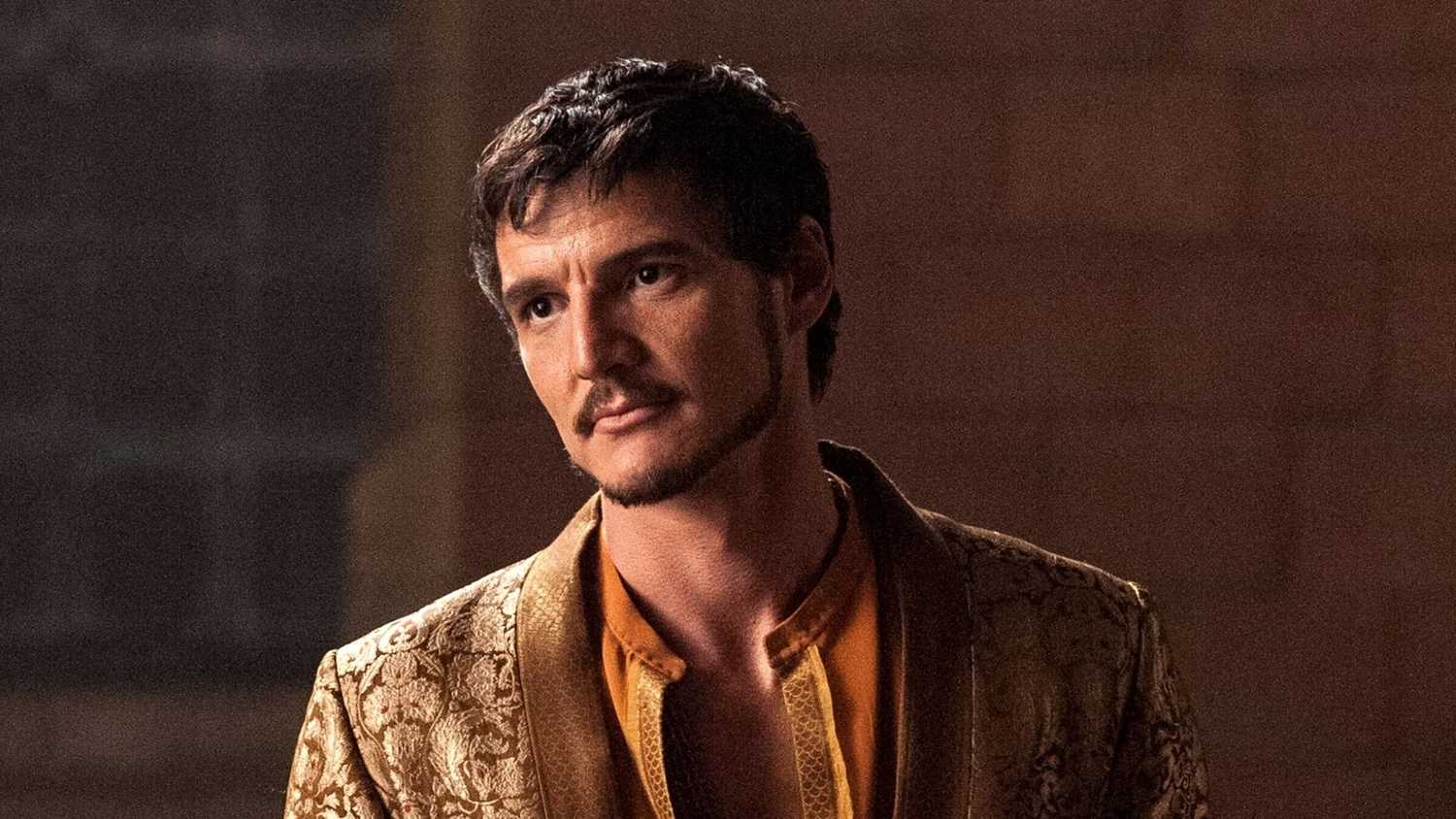
No Place for Heroism
This was another moment in which Game of Thrones “went there,” showing the gruesome and heartbreaking death of a beloved character. His demise reminded audiences that any character could die in an instant, that some wrongs would not be righted, and that the series would be much darker than they’d ever anticipated.
8. The Reveal of Jon’s Parents
Season 7, Episode 7
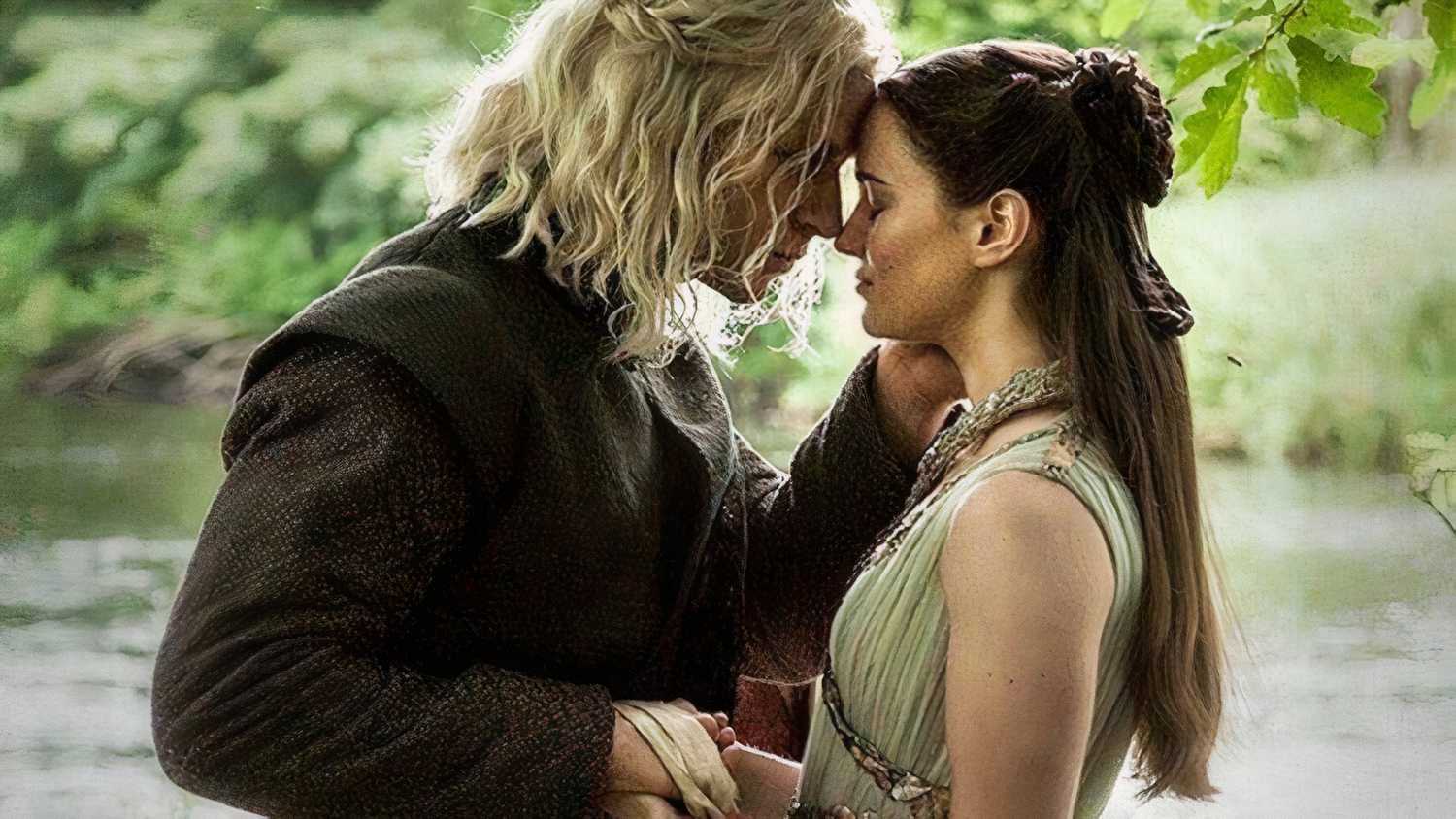
One of the central mysteries of Game of Thrones revolved around Jon’s parentage. His father was, allegedly, Ned Stark, but what about his mother? In a twist, it was revealed that he was the son of Rhaegar Targaryen and Lyanna Stark and his name was actually Aegon. More importantly, this connection meant that he was the rightful heir to the throne.
A Long Awaited Secret
Many viewers guessed early on that Jon was actually a Targaryen, but Game of Throne’s still managed to keep them entertained and curious for seven seasons. The reveal complicated everything from Jon’s relationship with Daenerys to his overall role in the series. Today, it serves as an imitable example of how to build tension and pull off a twist.
7. Theon’s Castration and Torture
What is Dead May Never Die
Like several other moments on this list, Theon’s torture was hard to watch. He lost who he was as a person and instead became little more than a thing for Ramsay’s enjoyment. Fortunately, parts of Theon’s true, improved self later resurfaced, leading to his redemption. In many ways, Theon’s arc served as a reminder that villainous characters are more than their worst deeds, and that there’s always the potential to change.
6. The Walk of Atonement
Season 5, Episode 10
Cersei Lannister, played by Lena Headey, was a major player in Game of Thrones, responsible for numerous murders, betrayals, and other evil acts. During the episode “Mother’s Mercy,” her wicked deeds seemingly caught up to her when she was ordered to walk through King’s Landing buck-naked as penance for committing adultery and incest with her cousin. Her hair was sheared, she was pelted with trash, and her usual smirk was replaced with a mortified frown.
Shame
5. The Wall’s Destruction
Season 7, Episode 7
After learning about the Night King and his army of wights, Jon is determined to stop them. He leads a group of other fighters beyond the wall where they encounter and attack undead creatures. Eventually, Daenerys arrives to help them, only for the Night King to kill her dragon Viserion. He then reanimates the dragon and instructs it to shoot the Wall with its dragon fire, allowing the Night King and his army to march through.
Symbolic and Somber
The Wall was an impenetrable barrier keeping those inside safe. By killing Viserion and destroying the Wall, the Night King seemingly established himself as the show’s ultimate enemy. However, much like Jon’s implicit status as the “chosen one,” the Night King was a red herring. In truth, his power and the Wall’s destruction were simply the beginning of an even bigger battle, showing that the undead, in all their horror, were not as much of a threat as the living.
4. Dragons in General
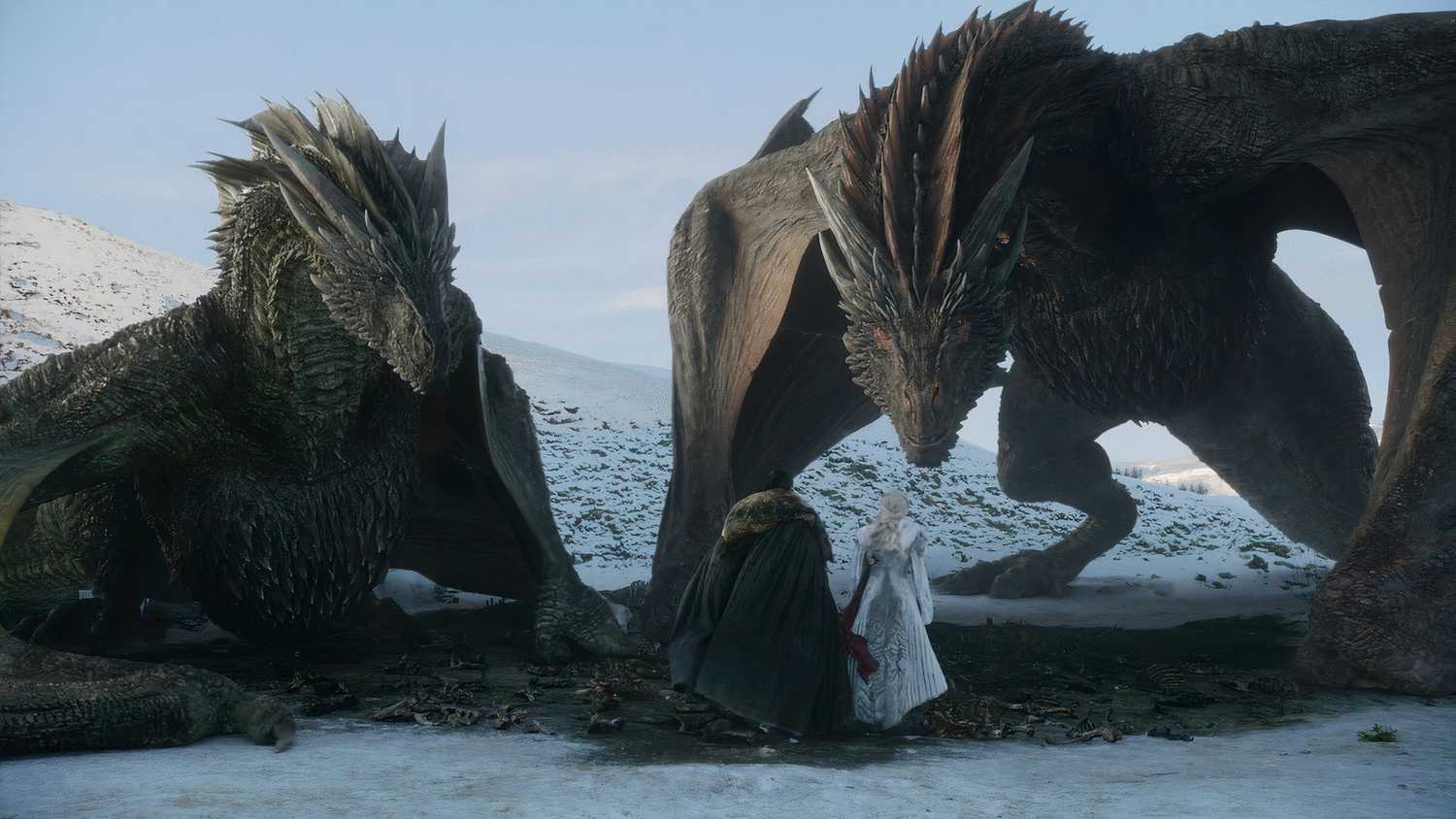
Making Fantasy Cool
Dragons were essential to the show’s gothic/medieval feel. They also showed viewers that the fantasy genre wasn’t just for kids. In the years since, the fantasy genre has soared in popularity for adult TV, and we have to believe that Game of Thrones, and the dragons specifically, are a big reason why that happened.
3. Battle of the B*stards
Season 6, Episode 9
Requiring almost a month to film and hundreds of extras, “Battle of the Bastards’s” titular battle was one of the greatest. From the giant Wun Wun breaking into Winterfell to the claustrophobic scene in which Jon is nearly killed, “Battle of the Bastards” feels more like a movie than an episode, and the battle is rife with tension, terror, and twists.
Redefining Battle Scenes
Although some battles were bigger, none hold a candle to the memorable and horrifying Battle of the Bastards. Pitting two show favorites against each other, viewers watched in awe as Ramsay’s men did their worst and Jon’s fought back as best they could. In the end, the Knights of the Vale came to save Jon and his men, and Ramsay was mauled to death by his dogs. So far as TV battles go, this one wins the war in terms of cinematography, stakes, and overall satisfaction.
2. Ned’s Execution
Season 1, Episode 9
The Lone Wolf Dies
Although it happened early on, Ned’s execution was the pivotal event that showed viewers just how different this series would be. The patriarch of the Stark family, viewers came to view Ned as the show’s main character, and for him to die so suddenly showed that anyone else could, too. More than that, his death told viewers that they were watching something new. They wouldn’t be able to predict or prepare for what would happen based on genre conventions or tropes, which meant they’d be playing the game as well.
1. Red Wedding
Season 3, Episode 9
The North Remembers
If Ned’s death is what showed viewers how different this show would be, the traumatizing Red Wedding is what cemented just how far it would go. Later, Arya would attack the Freys in revenge, saying, “The North remembers” — and so would every viewer. To this day, it’s hard to think of Game of Thrones and not viscerally feel Robb’s loss, re-experience Catelyn’s grief, and hear “The Rains of Castamere’s” haunting refrain. Highlighting the evils of power, politics, and war, the Red Wedding redefined modern TV by changing the trajectory of the fantasy genre and creating something that viewers could never forget.
